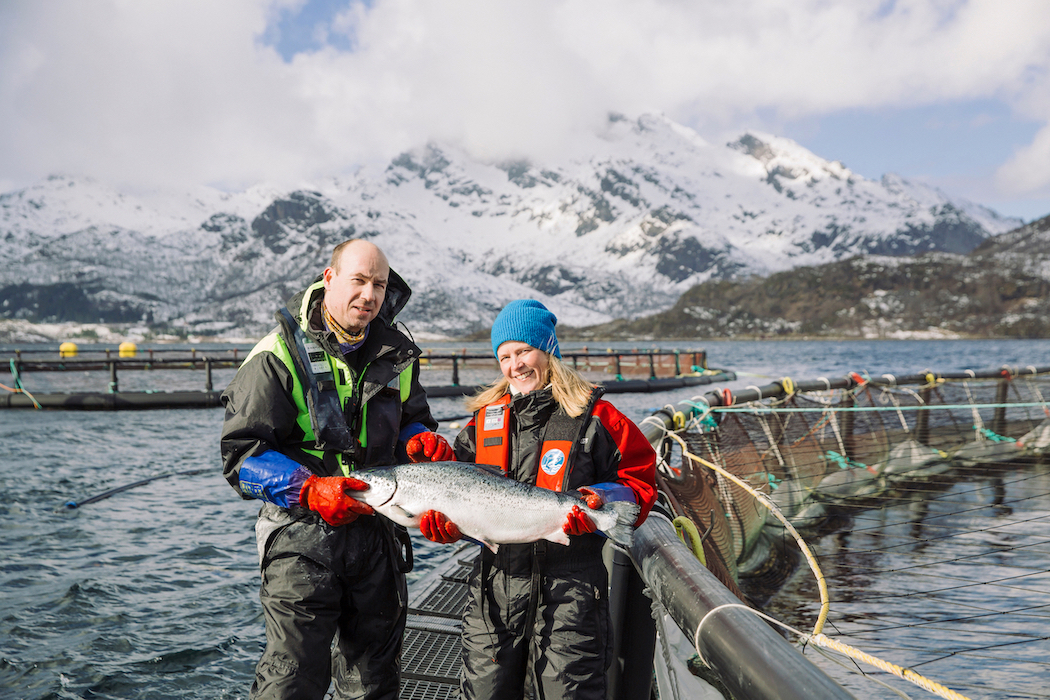Story by Manta Klangboonkrong
Photos courtesy of Norwegian Seafood Council
Apart from the stunning landscape and unique cultures, Norway is also known and loved for its high-quality seafood, especially the salmon. Through generations of craftsmanship, the Norwegians have gained a unique knowledge about the sea and have with great care sustainably managed stocks and production. Asbjørn Warvik Rørtveit, Director of Southeast Asia, Norwegian Seafood Council, was kind enough to sit down and chat with Elite+ about Norway’s stellar export at the council’s new office in Bangkok.
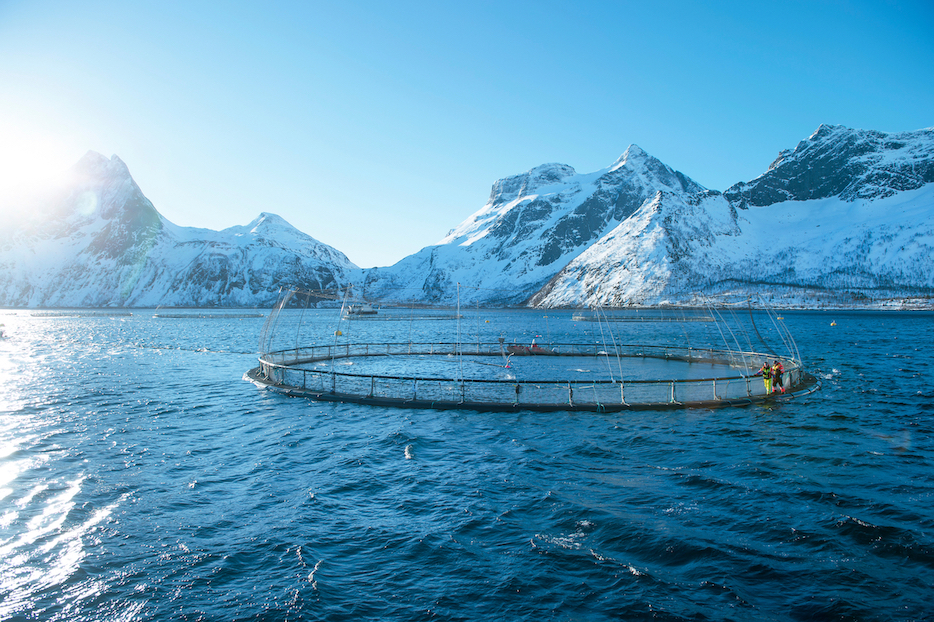
What are the roles and responsibilities of the Norwegian Seafood Council?
We are a government entity under the Ministry of Trade and Fisheries, but we are financed by the industry itself. So, each company exporting seafood from Norway needs to pay us a small fee, and we use this fee to increase value. We spend the most money on marketing and promotional activities. We have also expanded our partnerships with those who have a lot of knowledge about seafood globally. We also track consumer trends from many countries that we are present in. So, we can be an important resource to help Norwegian exporters develop as an industry.
Our main task is to increase value for the exporters. We help them grow in the market. We are also an entity that handles communication and management. We are the agency that can provide information about how the industry is set up and how we do fish farming. That is kind of the core of the seafood council’s responsibilities.
We have 13 offices and are active in about 27 countries. I’m stationed in Bangkok, and I oversee activities in Singapore, Malaysia and Taiwan as well. Right now, those are the countries in Southeast Asia where we conduct marketing. But we will also provide inside services to them starting this year.
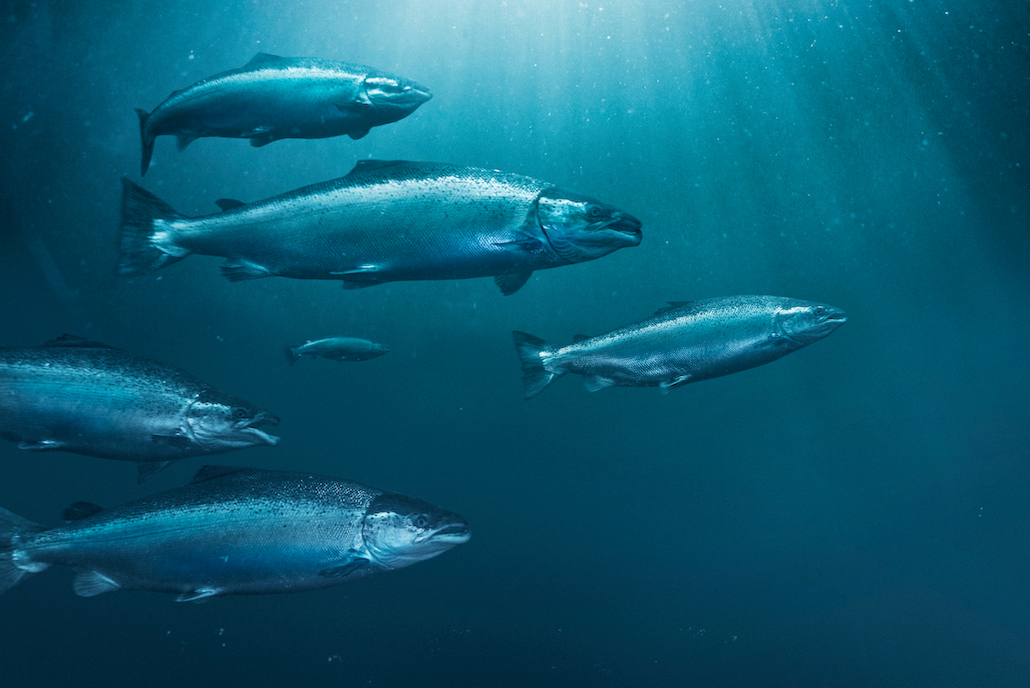
How big is the seafood industry in Norway?
Seafood had been the biggest industry in Norway for generations. It was the most important commodity we were exporting. However, in the 1960s and 70s, Norway discovered a lot of oil. We hit a jackpot and, of course, that has become our biggest industry. However, we all know that oil will come to an end while we will always have the fish in the sea. Before, all the seafood caught was wild, but since the 70s, fish farming has become very important and boosted the seafood industry in our country.
When it comes to wild caught, the government started to control it with licenses so not everyone can go out to fish like in the old days. To be able to feed the world with seafood, we will need an expansion in the farming industry. Norway has been successful in developing this industry to be sustainable and sufficient.

What do you think of Norwegian seafood in the Southeast Asian market right now?
There is growing potential for Norwegian seafood in the Asian market. As it takes less than 48 hours for fresh salmon from Norway to arrive in Bangkok, guaranteed quality and freshness are what make Norwegian salmon among the highly in-demand oceanic protein of choice for health-conscious consumers. It’s one of the reasons we moved our offices from Singapore to Thailand. Thailand has become the biggest market in Southeast Asia. This past year, we saw an almost 70% increase in our fish sales in this market. It’s a huge increase. So, Thailand is a country that appreciates Norwegian salmon as well as mackerel. This increase is also happening in other Asian countries, showing that the region is appreciating our products more and more. Approximately 70% of Norwegian salmon goes to Europe, but we are now seeing that Asia is taking a bigger share, and we believe that this is going to increase as well. The major reason for this growth, apart from demand, is the strengthening of currencies in the region, which is very favourable for most Southeast Asian countries, because the Norwegian currency has weakened, and the Thai baht is extremely strong. So, buying Norwegian salmon has become more affordable for Thais.
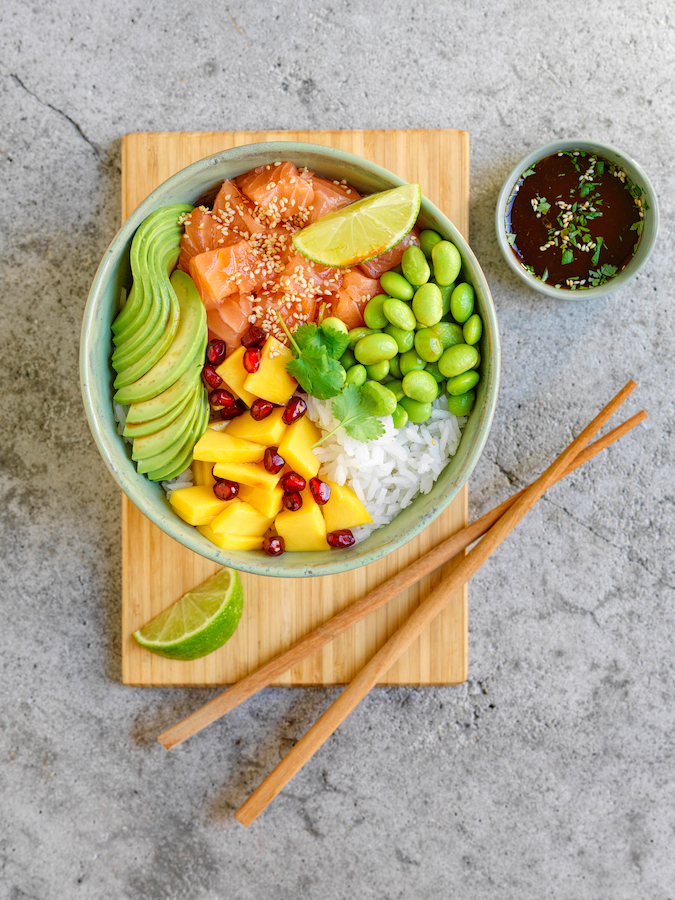
Why do you think Thai people look to Norway to get seafood?
Salmon of high quality, and there’s an emerging trend of food safety now in Asia. People like to have food that is pure and clean, and Norwegian salmon has the reputation as a pure and natural product. It’s healthy. It has a lot of benefits. Also, food sustainability has become a major concern, and Norwegian salmon production is extremely sustainable. Norway has a world-class system when it comes to caring for the environment. Norway has a history of taking care of livestock, and we have a history that is extremely dependent on the sea. So, while we are developing the fishing industry, we are doing it in a way that we can be sure that we will harvest seafood from the sea in not only 10 years, but indefinitely. Therefore, the government has strict rules when it comes to wild fish. They also have similar rules when it comes to fish farming. Every fish farmer needs to address pollution, and there are measures to follow so they are not depleting the natural resources.
Many believe that the fish farming industry is using antibiotics. This is not true in Norway because we have conducted intensive research and development of vaccines for many of the diseases that were previously cured by antibiotics. So, our fish, every single one of them, is vaccinated. So, there is no need for them to have antibiotics.
Vaccination is one way of showing that you have healthy fish. Another way is when you breed, you breed those fish that are healthy and have good genes. You breed from a healthy pool of genes. So, this is how our development has become very sophisticated. There’s no gene manipulation when it comes to breeding fish.
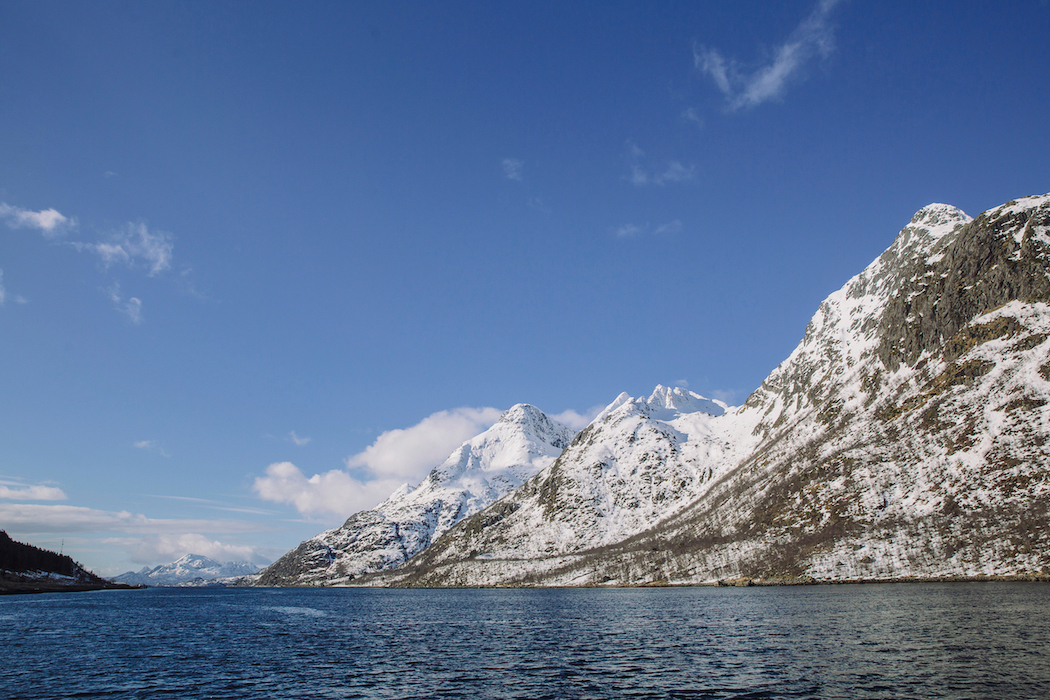
What would you say is a uniquely Norwegian innovation when it comes to fish farming that you have but other countries may not use or have yet?
The first and most important thing when it comes to fish farming is that Norway has a government that understands that an industry like this needs to be regulated. Not everyone can do as they please because we are using the ocean. So, it is really important that farmers take care of it. We have a system to ensure that everyone is playing by the same rules.
I would also say that both breeding and animal welfare development are areas that Norway has strengthened in the past couple of decades. In Norway, we have a lot of veterinarians that specialize in fish, and they have been working on the development of vaccines and life quality of the fish. If the fish are healthy, the products will be of higher quality.
Norway has a very, very long coastline and this is where most of the fish farms are, dotting the coastline from north to south. Up north, it is colder water so the fish grow slower. We see differences in the fish coming from different geographical locations. The fish are also raised in large spaces in the ocean, so one pen is not at all crowded. This is to keep the fish happy and healthy, with plenty of room to exercise. So, they grow in very good conditions. The farmers are extremely concerned about fish health. They have learned that if their fish are not healthy, the quality of their product is low. So, they remain focused as they know to be financially sound, they need to be cautious about everything.
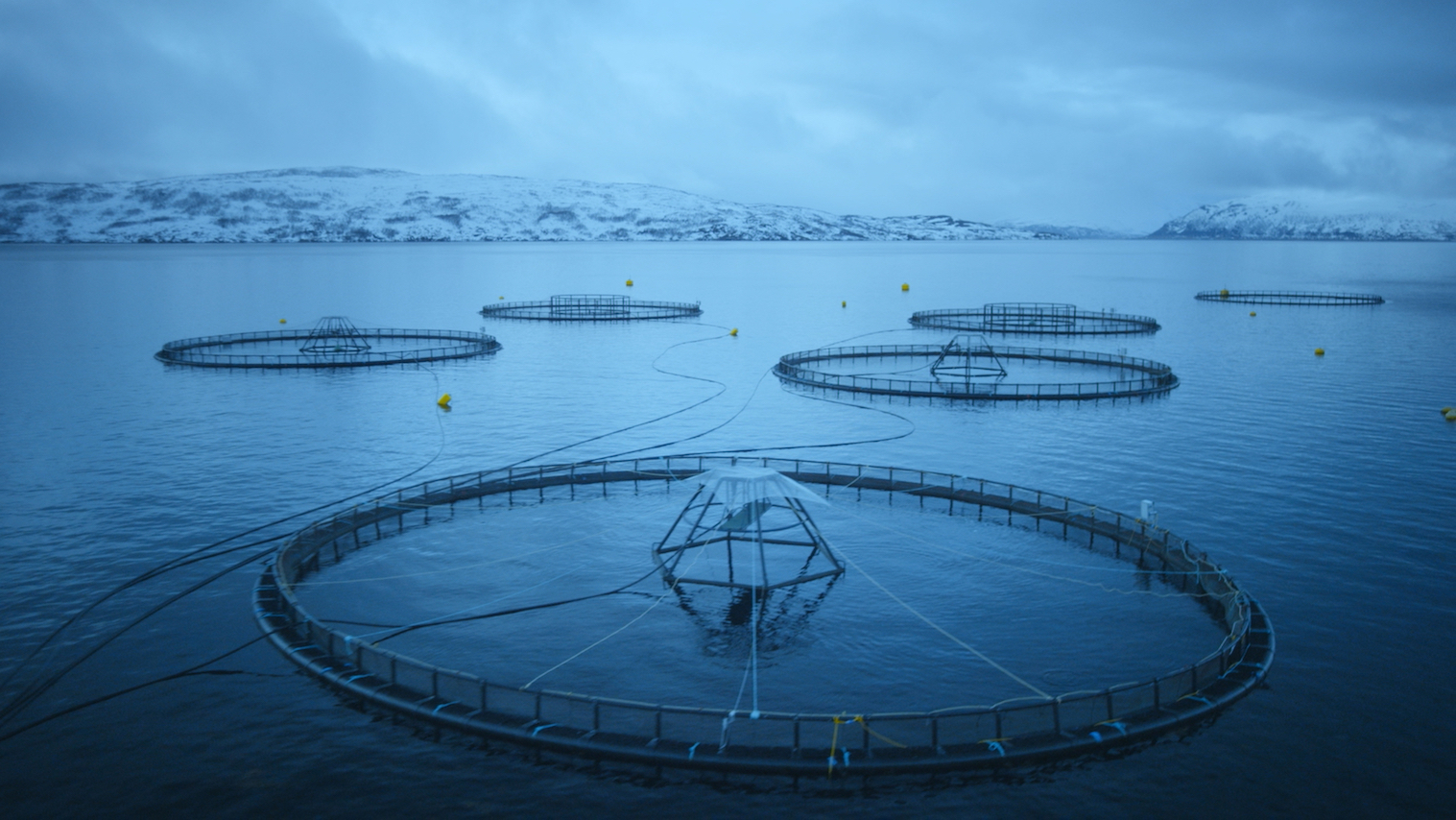
Are there other kinds of seafood we can get from Norway?
The most famous fish from Norway is the Atlantic cod. It is a white fish that we have been exporting for a thousand years. The cod from the Barents Sea come to the west coast every winter, and, in the past, that was when the fishermen went to catch as much as they could during the three months. With a lot of fish and no technology to preserve them at that time, they salted and dried the fish to keep them longer. These were called ‘cliff fish’ because they put the fish out on the cliffs to dry, and these products were so valuable, they were used as currency. What happened was the Portuguese became very fond of this fish, and today still, the Portuguese are the biggest consumers of dried and salted cod from Norway.
Then, we have the stockfish cod that is just dried. The Italians became very fond of this fish and became the biggest consumers of stockfish, along with Nigerians for some reason. The reason I’m telling about these special products is to explain in fishery, especially in the past, we have needed to find ways to preserve the fish.
In Norway, we have herring and mackerel. We have huge amounts of these fish. They are put in big barrels so they can be exported. Herring and mackerel are very important species in the Norwegian sea. Salmon, trout, mackerel, herring and a variety of other species, but they are not as plentiful as cod. We exported over 100 species last year, totalling 2.7 million tonnes of seafood.
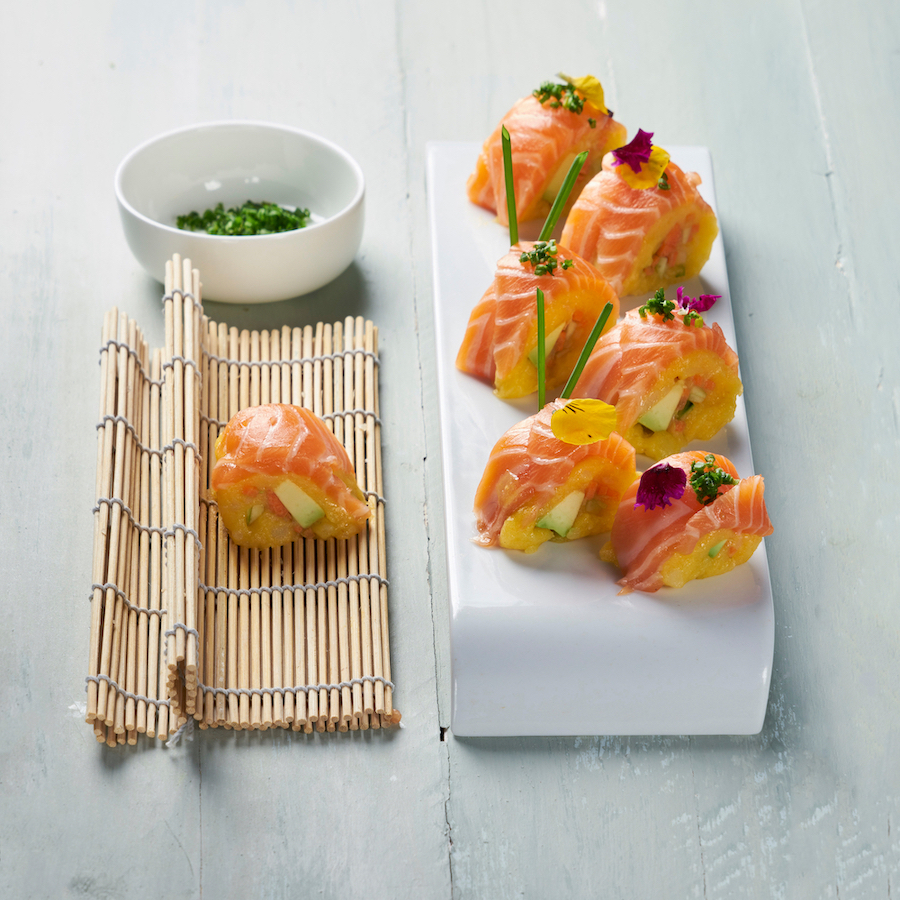
Since Scandinavian cuisine is so different from Southeast Asian cuisine, how do your consumers from Southeast Asia use the seafood from Norway?
The Japanese cuisine, particularly sushi, is a big thing. And it only started in the 1980s. In fact, sashimi would not even be a thing if had it not been for Norwegian salmon. For a long time, there was no salmon in sushi or sashimi, just tuna. Then, there was a Norwegian delegation that went to Japan in the 1980s to try to introduce salmon into the sushi cuisine. They succeeded because the Japanese found that the flavour and fattiness of the salmon were perfect for sushi and sashimi.
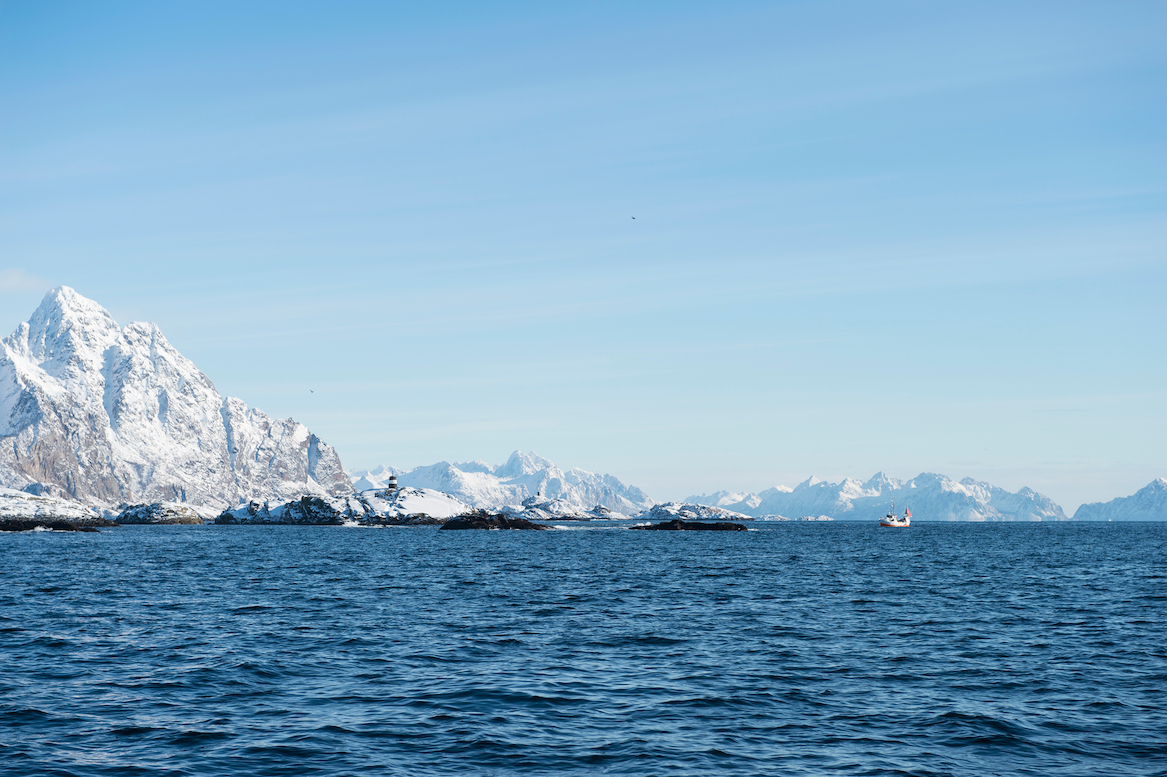
Do you eat raw salmon in Norway?
Yes, as sushi and sashimi, but we never used to eat salmon raw before. What is interesting about sushi and sashimi is that the cuisine has been driving the growth of salmon exports. And this has been great both for Japan and for Norway, because there is simply not enough tuna in the world to satisfy the demand of sushi lovers. When people started to taste salmon in sushi and sashimi, they wanted to try it in other cuisines as well. So, most people in most Asian countries who buy salmon in the store find that it is not necessarily cut for sushi or sashimi, but prepared in various ways.
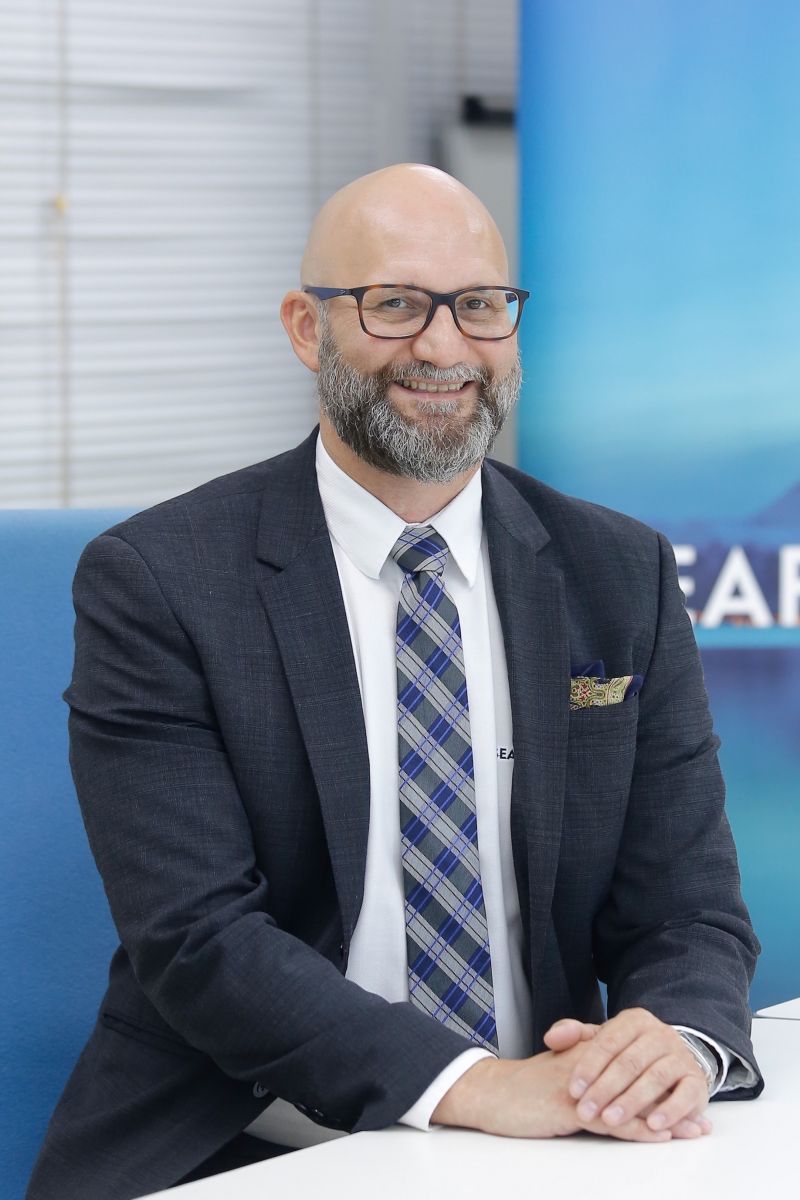
So, is Japan the biggest importer of Norwegian salmon?
You can say that in Asia, Japan is the most important market for Norwegian salmon, but the growth of salmon consumption elsewhere is also very important. If you think back 15 years, sushi was not that popular, but now it’s a global thing. Sushi and sashimi have been very popular, and salmon has become the main ingredient in those meals. We drive a lot of growth through this consumption.
We see that the food service industry is trying to promote products until people are ordering and tasting them in restaurants and then cooking them at home. We believe that home consumption can grow a lot. The main task for us here in Thailand is to educate Thais that the salmon they eat is not from Japan but from Norway. We believe we have a unique story to tell and should make consumers confident in the quality and so on. So, we see that it is beneficial for more and more restaurants and retailers to tell their customers about Norwegian salmon because this adds value. People will have a positive idea of how we do fish farming in Norway.
What are the council’s plans for this year?
We have a big focus on educating staff in the service industry. We have a salmon academy, which offers classes teaching people about how we do fish farming in Norway. We also have a skilled chef showing participants how to treat the salmon and how to make the most out of it. However, for this year, we will also focus more on B-to-C campaigns which we plan to promote through online marketing to tell stories about Norwegian salmon and seafood.
.jpg)
"Elite Plus Magazine" ( February / March 2020 Issue) Available***
- Where to get your own books:
At every branch of ***Asia book Stores***
or contacts Line: @eliteplusmagazine
More details;
-
ElitePlusMagazine: http://bit.ly/2JAF2o9
-
Facebook : http://bit.ly/2XIurgb
-
Twitter : http://bit.ly/30wXXHn
-
LINE: @eliteplusmagazine (http://bit.ly/2NNQZMx)


